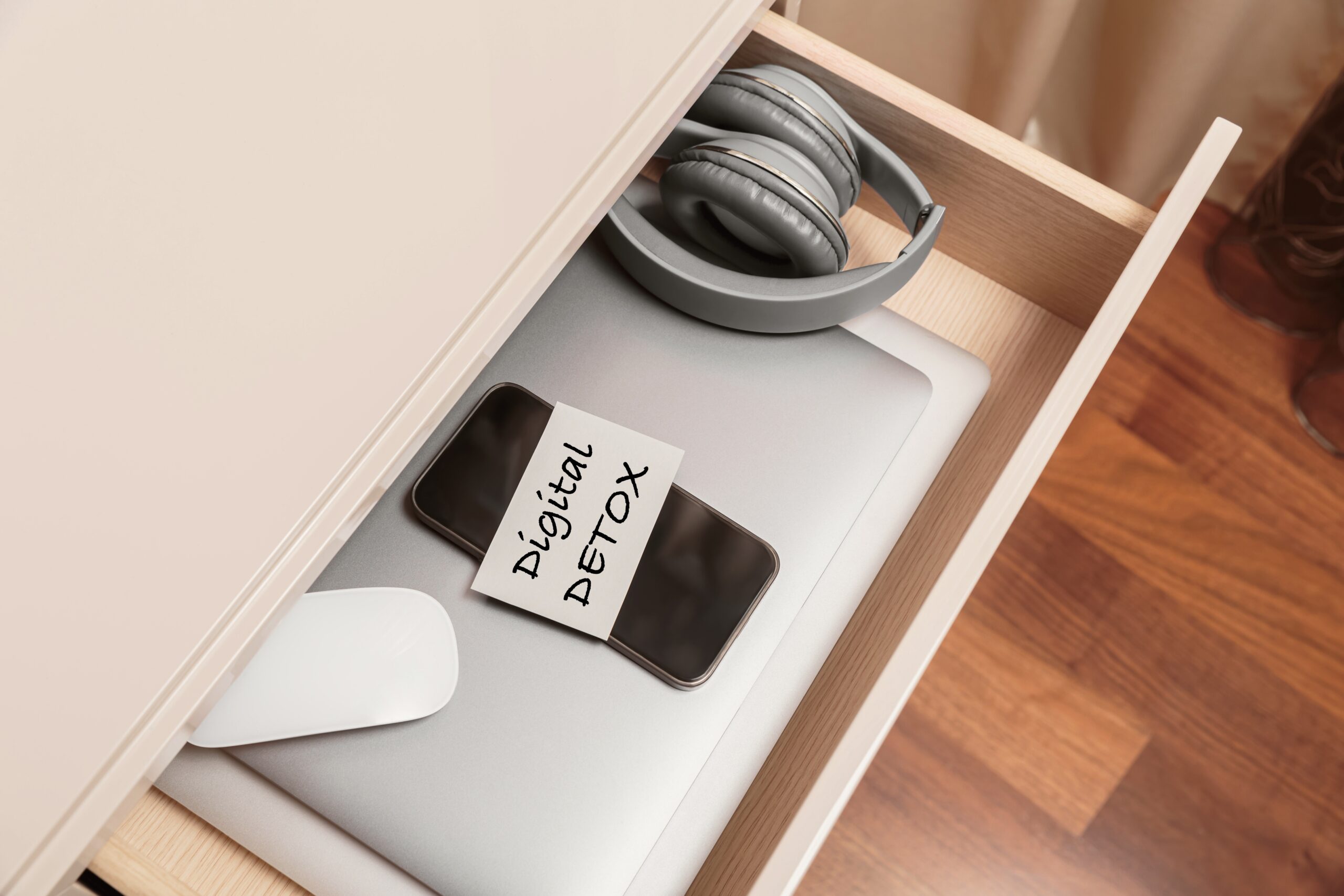Understanding Paint Sprayers and Their Benefits
Paint sprayers have become an increasingly popular tool among homeowners, DIY enthusiasts, and professional painters. They offer a convenient alternative to traditional brushes and rollers, allowing users to cover large areas quickly and with a more consistent finish. The versatility of paint sprayers makes them suitable for a variety of surfaces, including walls, furniture, fences, and ceilings. By atomizing paint into a fine mist, these tools can deliver a smooth coat that reduces the appearance of brush strokes and roller marks.
There are several advantages to using paint sprayers, such as:
- Time efficiency on large surface areas
- Even coverage with fewer coats required
- Ability to reach tight corners and detailed areas
- Professional-looking results with minimal effort
While paint sprayers can seem intimidating at first, they are designed to be user-friendly with adjustable settings for different project needs. Whether you’re tackling a room renovation or restoring outdoor furniture, paint sprayers can significantly streamline the process.
Types of Paint Sprayers and Choosing the Right One
There are three main types of paint sprayers, each with specific strengths depending on the project. Understanding the differences can help you choose the right tool for your needs.
- Airless Paint Sprayers: Ideal for large areas and thick coatings like latex paints. They work by pumping paint at high pressure through a tip, creating a fan-shaped spray pattern.
- HVLP (High Volume Low Pressure): These are suitable for detailed work and fine finishes, such as cabinetry or trim. They use a high volume of air at low pressure to atomize the paint, offering more control and less overspray.
- Compressed Air Sprayers: Often used by professionals, these require an air compressor and are known for their smooth, even application. However, they tend to use more paint and generate more overspray.
When selecting a paint sprayer, consider the size of your project, type of paint, and your experience level. For occasional use or smaller DIY projects, lightweight and affordable models with adjustable settings are often sufficient. For frequent or professional use, investing in a more robust unit can offer longer durability and better performance.
Preparing for a Painting Project with Paint Sprayers
Proper preparation is key to achieving great results with paint sprayers. Before you start spraying, it’s essential to prepare both the workspace and the materials. Begin by cleaning the surface thoroughly to remove dust, grease, or old flaking paint. Cover surrounding areas with drop cloths or plastic sheeting to protect them from overspray.
Here are a few preparation tips to follow:
- Mask off windows, trim, and fixtures using painter’s tape
- Practice your spraying technique on a piece of cardboard to adjust settings
- Use a strainer to filter your paint and avoid clogging the sprayer
- Ensure adequate ventilation if working indoors
- Wear protective gear including a mask, goggles, and gloves
Taking the time to set up properly will make the painting process smoother and help reduce cleanup afterward. It’s also wise to read the user manual of your specific paint sprayer to understand its maintenance needs and operational guidelines.
Techniques for Effective Spraying
Using paint sprayers effectively involves more than just pulling the trigger. To achieve a smooth and even finish, it’s important to master a few basic techniques. Always maintain a consistent distance between the sprayer and the surface—typically 10 to 12 inches. Move the sprayer in steady, overlapping strokes, either horizontally or vertically, depending on the area being painted.
Consider these helpful spraying tips:
- Keep the sprayer perpendicular to the surface at all times
- Start and stop the spray pass beyond the edges of the surface to avoid heavy buildup
- Apply multiple thin coats rather than one thick coat
- Clean the nozzle regularly to prevent clogs and uneven spraying
By practicing proper technique, you can minimize drips, sags, and streaks. It’s also beneficial to experiment with the sprayer’s settings to find the optimal pressure and flow rate for your specific project.
Maintenance and Cleaning of Paint Sprayers
Maintaining your paint sprayer is essential for its longevity and consistent performance. After each use, it’s crucial to clean the sprayer thoroughly to remove any residual paint. Neglecting this step can lead to clogs and mechanical issues that impact the quality of future projects.
General cleaning steps include:
- Emptying the paint container and rinsing it with an appropriate solvent (water for latex, mineral spirits for oil-based paints)
- Flushing the sprayer system with the solvent to clean internal components
- Disassembling and scrubbing the nozzle, filter, and other parts if necessary
- Drying all parts completely before reassembly
In addition to regular cleaning, inspect your paint sprayer periodically for any signs of wear or damage. Replace worn parts such as gaskets or tips as needed. Storing the sprayer in a clean, dry area will also help extend its lifespan. Many paint sprayers come with a maintenance guide—following it can ensure optimal performance for years to come.
Conclusion: Making the Most of Your Paint Sprayer
Paint sprayers can significantly enhance the quality and efficiency of your painting projects. Whether you’re a first-time user or an experienced DIYer, understanding how to select, operate, and maintain your sprayer will contribute to more satisfying results. By investing time in preparation and technique, you can enjoy a smoother workflow and a more professional-looking finish. For anyone looking to take on painting tasks around the home or workshop, paint sprayers are a versatile and valuable tool worth considering.








